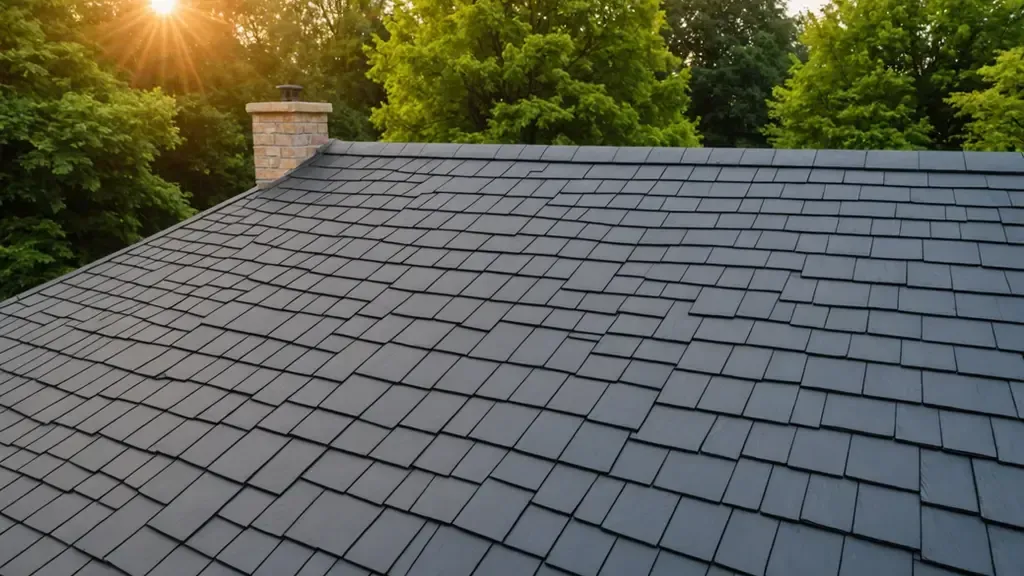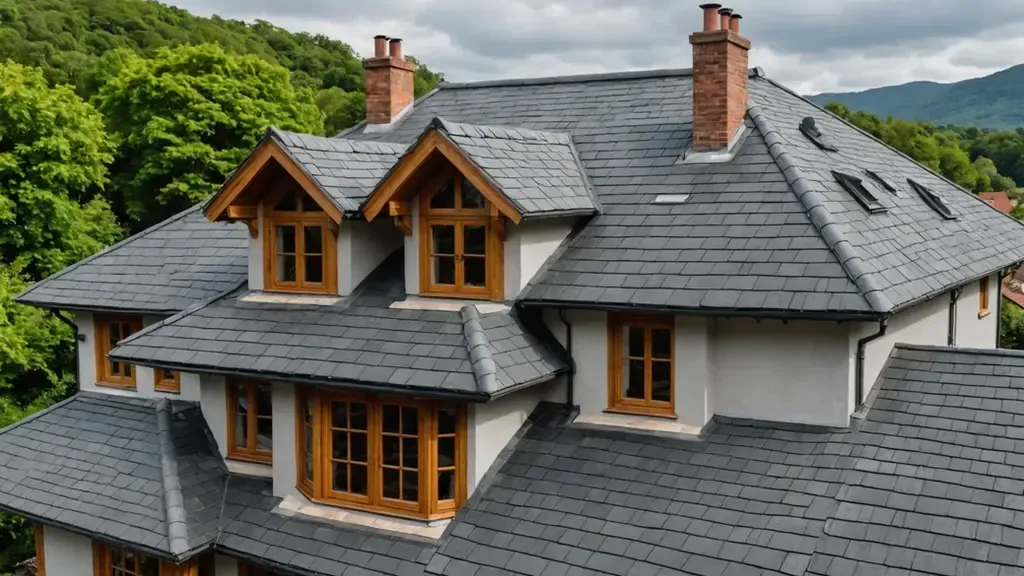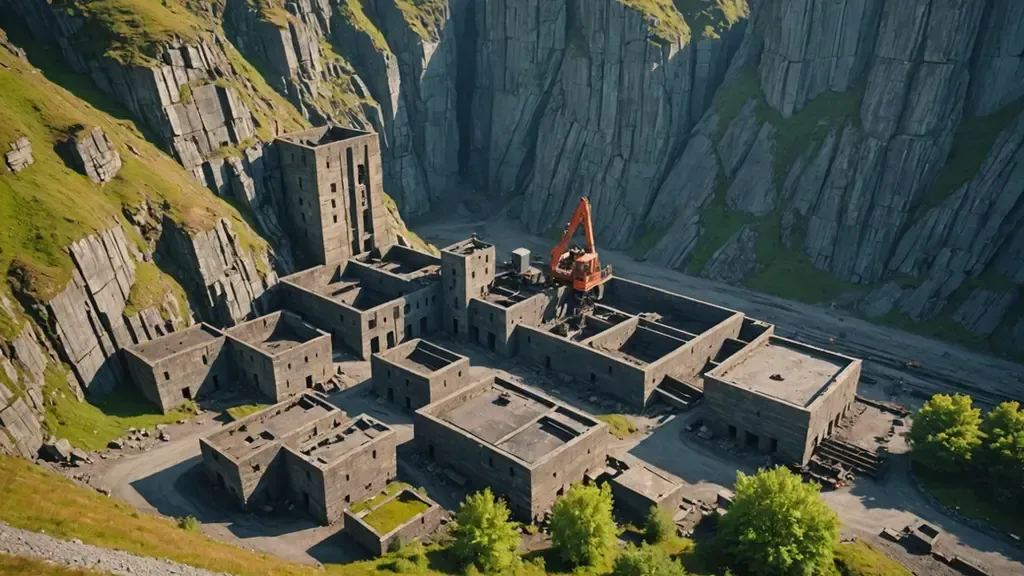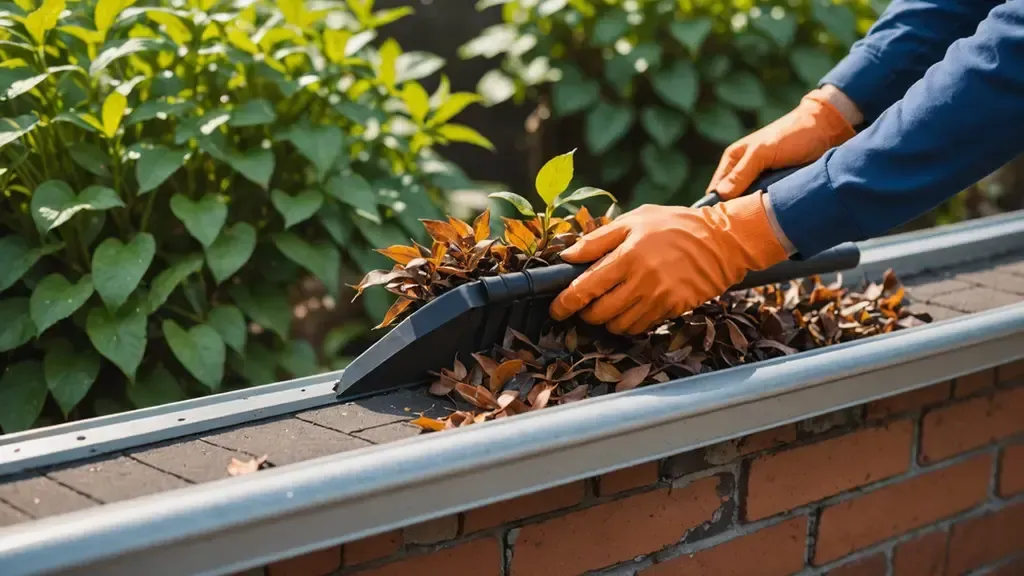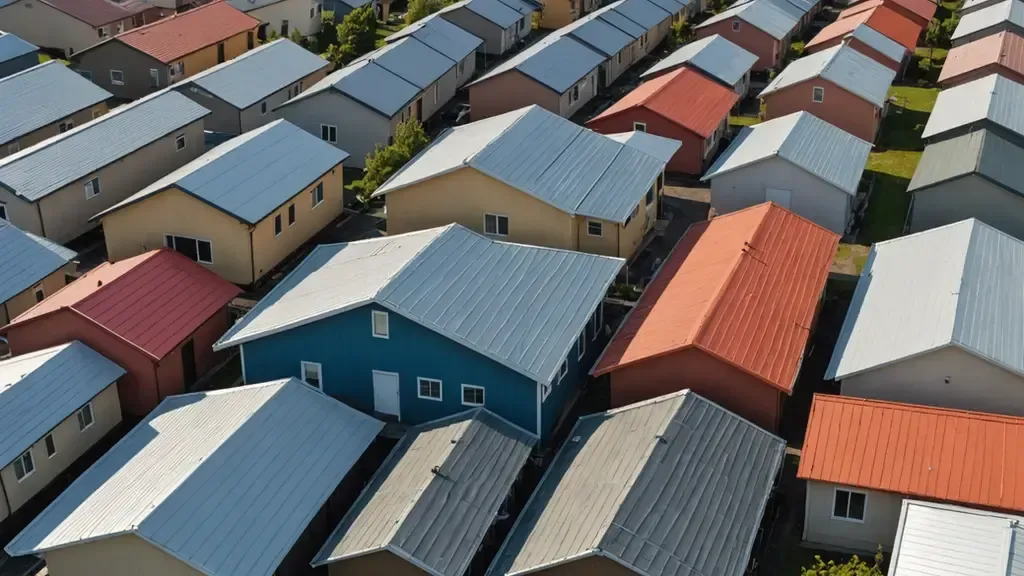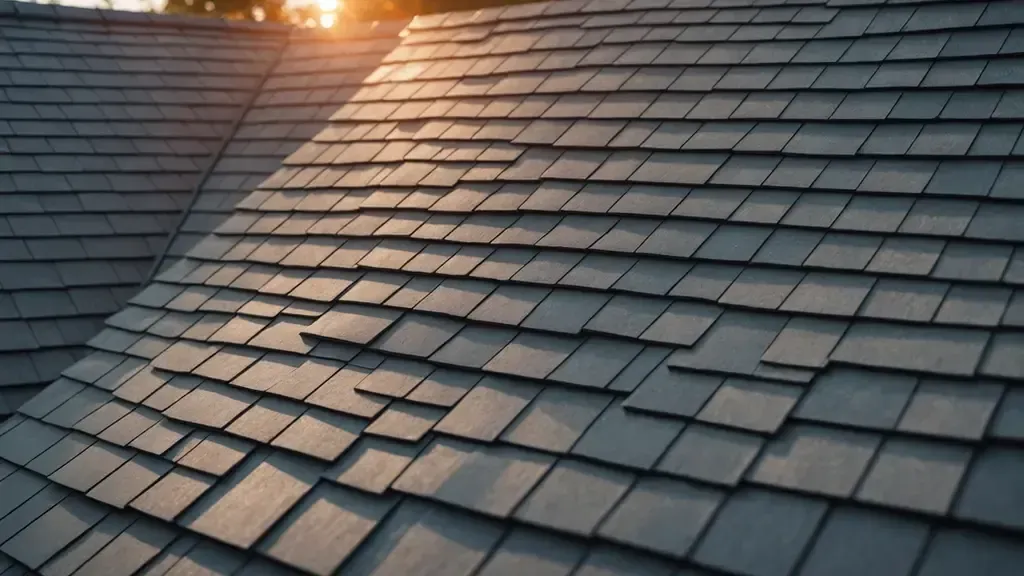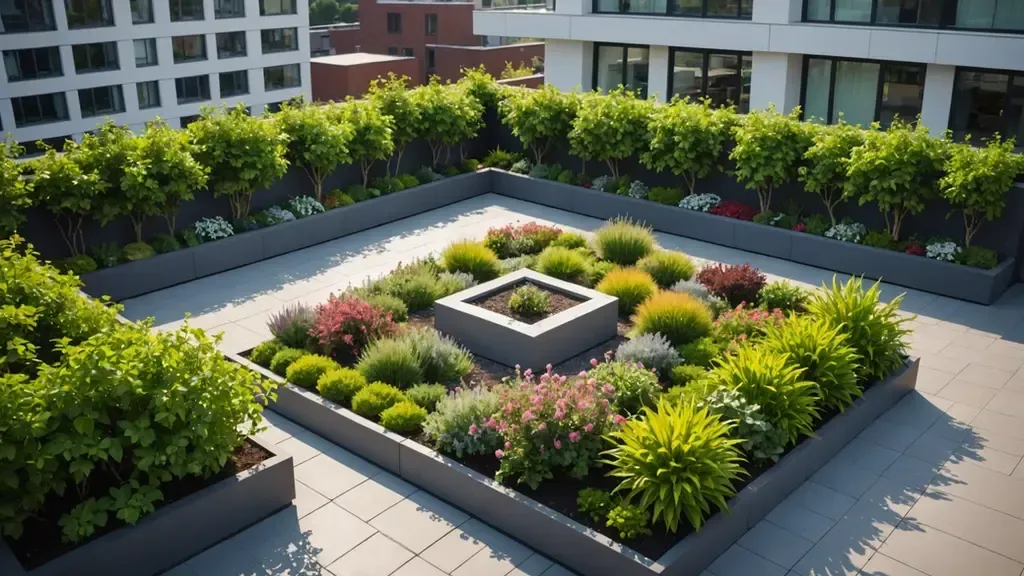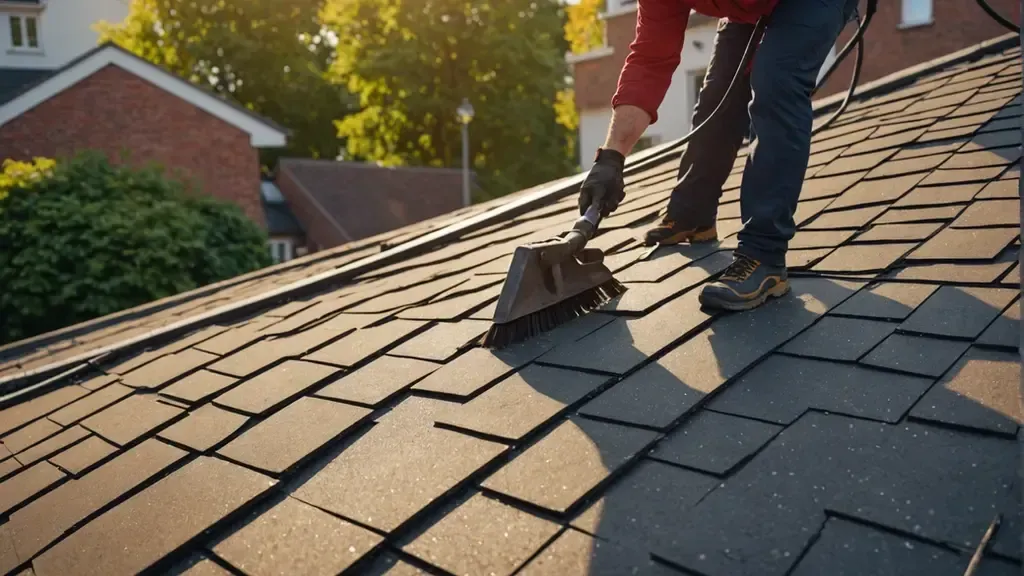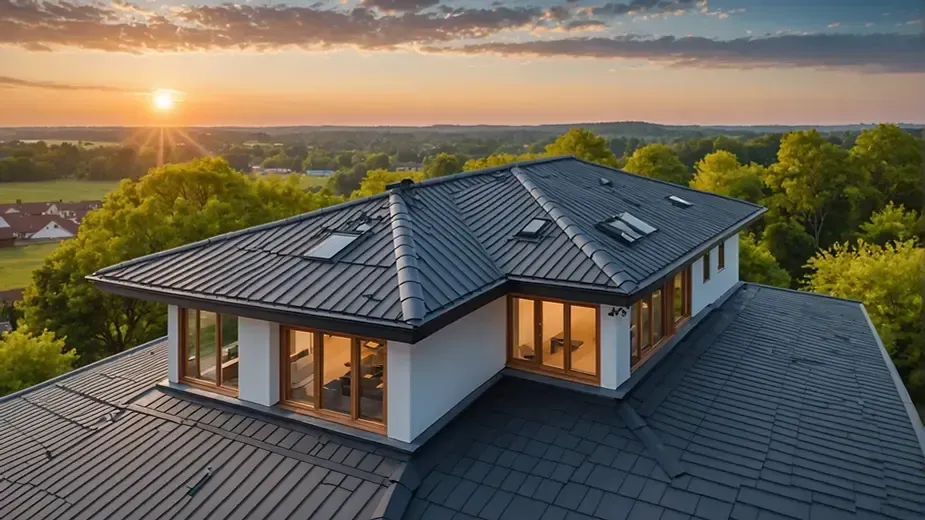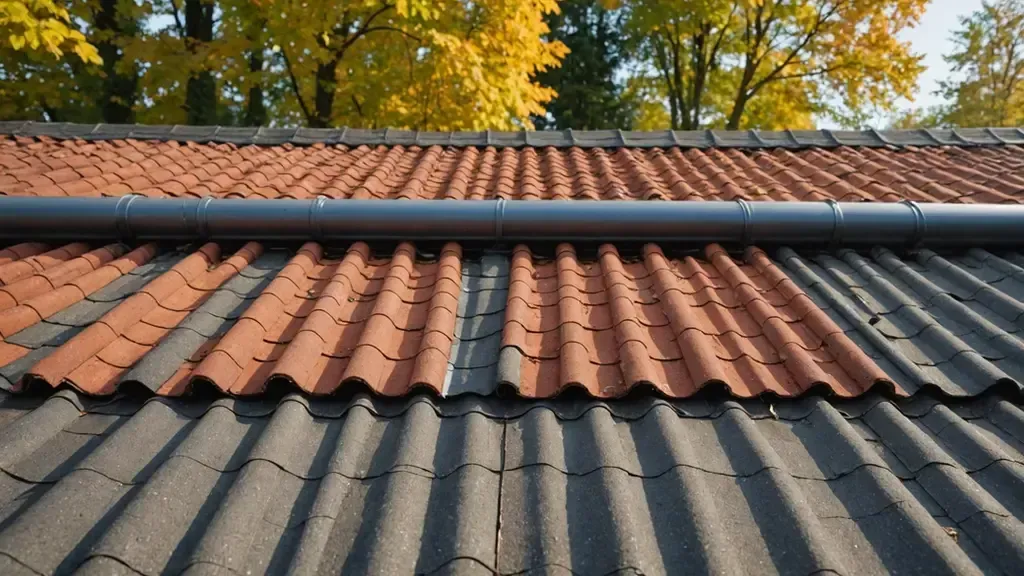Roofing & Contracting Insights: Tips, Latest Trends & Industry News from Middle Village, NY
Roofing & Contracting Blog
Looking for the latest news and updates on the roofing industry? You’ve come to the right place. The Wetherall Roofing & Contracting, Inc., is based in Middle Village, NY, and our blog is your go-to source for all things roofing, gutters, siding, waterproofing, pole barns, rainscreens, metal sheeting, and more, including tips and tricks for homeowners, business owners, industry news and trends, and expert advice from our experienced team. Check back regularly for new posts and stay up-to-date on the latest roofing information. You can always call us today at (718) 894-7011!
